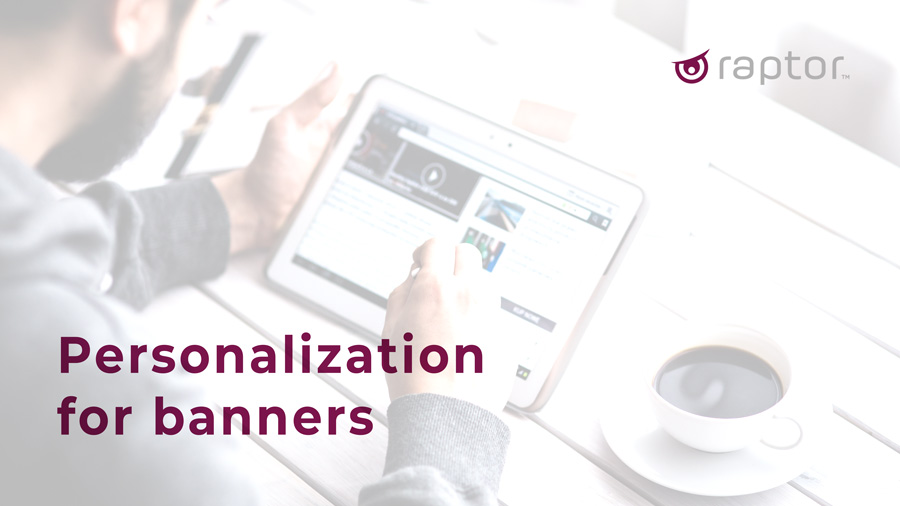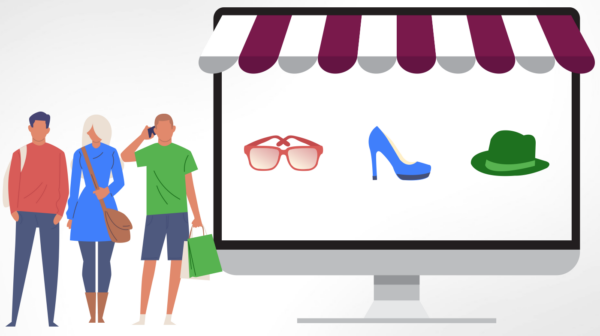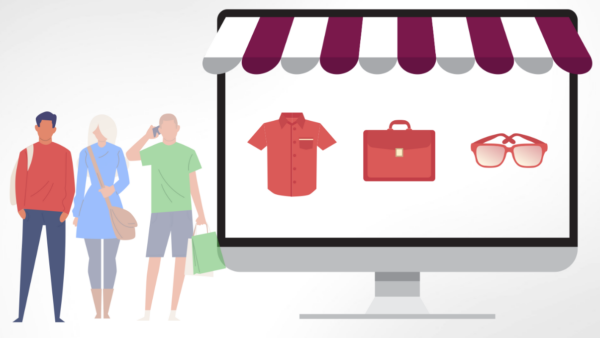Why you need personalization for banners



By Laura Bjerre Schwalbe
Reading Time: 3 minutes
Banner ads are usually a top-funnel marketing activity used to create brand awareness and retarget users, who previously visited your website.
Banners are everywhere.
During your daily browse through your favorite news sites and while scrolling through your social media feeds, you see them everywhere.
But banners hardly ever make you stop and pause.
Marketers and agencies are great at targeting the right user at the right time, but most banners look shady. They are generic and they contain no relevance to the end-user.
Another reason why banners have a low click-through rate is banner blindness, which means users unconsciously ignore banner ads on websites, due to the massive number of ads, users are exposed to daily.
So, ads need something recognizable or something that will make them stand out. But how do you catch the user’s attention?
By showing banner ads to the right user, at the right time, with the right message.
Why is personalization in banners important?
First impressions are essential when it comes to banner ads. It’s a competitive landscape, making it necessary to stand out to get the user’s attention, and you only have a split-second window to do so.
It is hard to convince users to click on display ads because they are browsing with a different mindset compared to deliberately searching in Google and coming across a search ad.
A way to look at paid advertising is by comparing it to a shopping window.
Imagine walking down a street, with shops on both sides. The only time you stop to look at a specific window is when something catches your attention. Most likely because you see something recognizable or something that stands out.
So, in the same way, a shopping window must catch your attention in order to make you stop, banners must do the same online.
All statistics show that users who engage with banners, products, or content with a touch of personalization, are more likely to end up making a purchase.
It is all about context and purpose.
If a user has been looking at a specific blue shirt on your website, the retargeting banner ad should contain the shirt and relevant related products.
It is important to take control of what you display in your banner ads if you want to increase performance. Otherwise, you end up with generic, non-personalized banners.
The problem with advertising platforms
Advertising platforms are like black boxes. They are non-transparent, leaving you no idea or control of what is going on inside the platform after you ingest a product feed.
One size does not fit all anymore, which is why most banners have a low CTR.
They are simply way too generic.
Our partners’ clients often complain that the same products are always shown on their banners.
Adjustment of serendipity is the key.
Serendipity
Serendipity is a tuning factor that we use at Raptor – It is a setting that allows algorithms to re-rank the output and maximize the effect of your recommendations.
Serendipity is used when your most standard products are showing up among recommendations on too many different product pages.
Use serendipity to filter products that are too common and should not show up in specific modules.
Adjusting the balance between popular products and the diversity of products is important – it is an efficient way of affecting customer orientation. If banners contain trending products, these will almost always be the same selection, since it is often the same products that get the most visits and purchases.
After ingesting the product feed into the advertising platforms, you have almost no control of the design, which means your banners will most likely look inferior.
You should therefore take control and use customer data to boost your banner ads performance. Personalization is the biggest competitive advantage companies can possess to differentiate their banners from competitors.
Read more: Optimize Your Google Shopping Performance
Known vs unknown users
There are two possible scenarios when a user is exposed to your display banners.
Either the user is known, which means that the users have visited your website or interacted with you previously.
Or the user is unknown which means that the user has not interacted with you before.
Customer data is the edge, that will make you stand out among your competitors.
Remember: The goal is to find the right user, at the right time, with the right message.
The right user can be found through retargeting or look-a-like audiences.
Then you need to work on the setup of your campaign structure, in to ensure that you reach the user at the right time.
Customer data enables you to display the right message.
The right user can be found through retargeting or look-a-like audiences.
Then you need to work on the setup of your campaign structure, in order to ensure that you hit the user at the right time.
Customer data enables you to display the right message.
Depending on if the user is known or unknown, your display banners can include:
Known user
- Viewed products
- Related products
- Abandoned basket
Unknown user
- Trending products
- Popular products
How do you implement personalization in banner ads?
Raptor uses website data to deliver personalized advertising. Our customized algorithm will call an endpoint as soon as an impression is won, sending back the optimal personalized output of products or content for that specific user.
Raptor is an open box algorithm solution allowing you to incorporate business-related requirements and elements into an algorithm to strengthen your performance and give you control and agility.
Examples:
- Boost products based on their gross margin
- Boost products to support local supplier agreement
- Suppress products that have high correlations with others but are bought naturally (e.g. no nudging needed to buy milk for a grocery company)
- Ensure that only products from advertising-safe categories are showed (alcohol, cigarettes, etc.)
USP’s:
With Raptor’s personalized creative solution, you can buy through all DSPs, ensuring the right frequency, recency, and placement for optimal performance.
We ensure that you never show products already purchased by the customer
We assist in creating a set of creatives that match your design guidelines and make them stand out from generic remarketing solutions.
When personalizing ads, it is essential to consider which business logic to employ in the algorithm to make the output as relevant and useful as possible for customers and leads. The most valuable traits and behaviors should be placed with high priority in the algorithm if you want to push a specific product, you can choose to always show this product in the banner.
An example of a decision tree for a display algorithm:
- Abandoned basket:
– If a user has abandoned a basket, the products are displayed in the banner ad. - Known user:
– If a user has looked at different products on the website, we show these specific products along with related products - Unknown user:
– If a user has not yet been on your website; we show the most popular products at that given time and day
This decision tree ensures ad relevance for both users who have browsed your website and users who have not yet interacted with you.
All data is updated and calculated in real-time. Our machine learning algorithms are trained to consider the optimum volume and margin for every product. This lets you incorporate individual business goals into a customized algorithm solution to enhance the relevance and user experience with online advertising, and to reach business-critical KPIs.
Read more: Catalog Enhancement
How it works
First, the Machine Learning algorithm investigates every possible product in the chosen category. It then narrows down the number of products by showing the most popular products. From there, customers can filter further by specific parameters, like products that have a discount of at least 20%.
Personalization affects the filtered products by looking into user data like previously bought products, previously looked at, related, and similar products to what the user has bought or seen. If the user has no previous interactions, backfilling will make sure that the most trending products will be displayed.
Backfilling
Backfilling is a technique to avoid showing empty Raptor modules and irrelevant recommendations to your customers.
If the user is unknown, or if we do not have any previous behavioral data on a product, we use backfilling to look into the category structure.
Through relevant and related categories, we can recommend relevant products and content without vast amounts of user data.
Key takeaways
- Personalization for banners will reduce banner blindness because users are exposed to products they have seen or interacted with previously.
- Personalizing your banners with data based on previous interactions will give you the edge, to stand out and beat your competitors.
- Advertising platforms are like black boxes and your display banners will be generic if you don’t take control of the outcome.
- A decision tree for a display algorithm should differentiate between known and unknown users.


